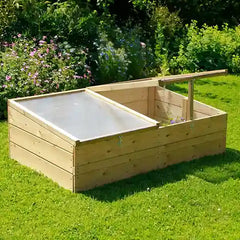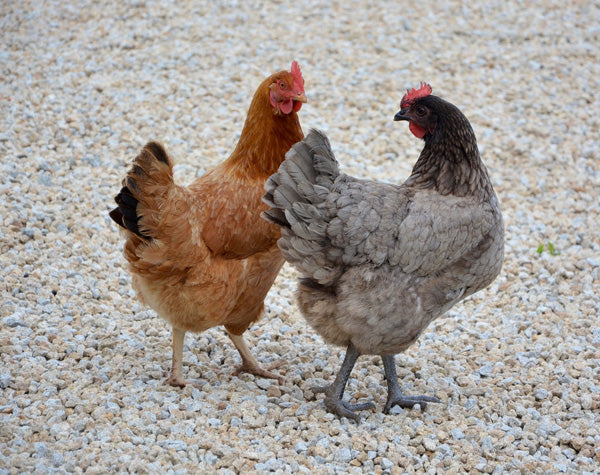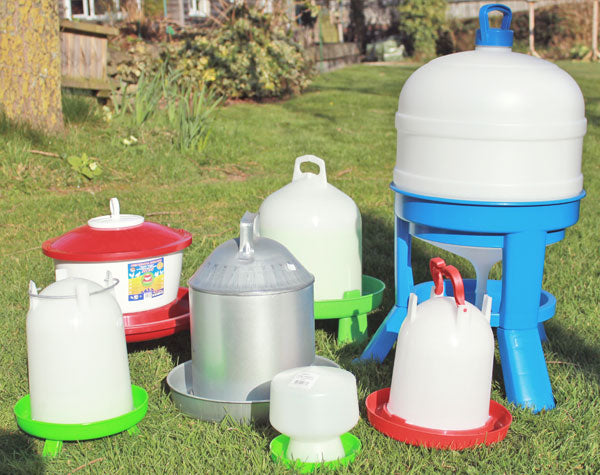What is a Cold Frame?

Cold Frames are very cost-effective mini-greenhouses that can be used to start off seedlings for early sowings and the perfect place to harden off young plants before planting out.
They will protect your plants from harsh or frosty weather while allowing maximum sunlight to encourage growth.
Garden Cold Frames at their most basic are simple box frames with clear or translucent hinged lids. The lids are normally made of a twin-wall polycarbonate or glass to always allow light and warmth in.
They are hinged so they can be raised in increments to allow different amounts of ventilation e.g. open during the day, closed overnight. When closed they also, of course, protect plants from rain and wind.
Flyte so Fancy Timber Cold Frames are made with thick pressure treated timber throughout which is sustainble, certified and rot-resistant.
The lids are twin wall polycarbonate for extra insulation whilst still allowing maximum light in. The hinged lids make access very easy and provides adjustable ventilation.
Why should I use a Cold Frame?

There are many reasons for using Cold Frames, particularly where a greenhouse is not an option, perhaps because of the cost or simply lack of space.
Cold Frames are small versatile mini-greenhouses that can be easily moved around as required through the seasons or as space dictates.
You would, for example, need shady spots for cuttings rather than direct sun or brighter places to harden off vegetable plants.
Cold Frames can be used all year round as well, not only for propagating and hardening off in the Spring but also to over-winter vulnerable plants.
Depending on what they are made of, they can be moved regularly and set up on soil, concrete, gravel, or paved areas as space allows; they can be directly filled with soil to take the plants or are more normally used to house the plants in their pots.
When should I use a Cold Frame?

Cold Frames are used to harden off tender young plants, such as half-hardy annuals and vegetables. Raising seedlings or protecting propagated plants until established. They can help to give plants a head start on the season and be ready to go out into the ground as soon as frosts have passed.
Spring to early summer - They provide a halfway house between the greenhouse and the potential late frosts in the open garden. At this time of year, they can also be used for raising seedlings and propagating plants ready to be planted outside.
Late spring and summer - use Cold Frames to provide extra warmth for tender crops, such as tomatoes, until all danger of cold nights has passed. Using them later into early summer can encourage quicker ripening and a larger crop later.
Autumn - Cold Frames are useful in protecting cuttings you may have taken in late summer, and young plants from cooler, unsettled weather and the first frosts of September/October.
Winter - Cold Frames will shield half-hardy plants and alpines from rain, snow, frost and prevent them from rotting. Try adding extra insulation by placing bubble wrap around the inside of the frame. They can also be used to overwinter young annuals and other plants.
What is the best type of Cold Frame?

They come in many types, sizes, and materials. Some have clear sidewalls and lids like a basic greenhouse on aluminium, plastic, or wooden frames or, more often, they can have solid timber walls with a glass or polycarbonate lid.
Twin-wall polycarbonate does provide a little extra insulation to keep heat in and, being translucent, protects from burning with direct sunlight.
Glass is more traditional and allows maximum light in but needs to be shatter-proof or safety glass to avoid breakages and inevitable dangers.
Where long life and protection from cold is required, Cold Frames with wooden or brick sides are traditionally the best and are more robust; whereas, if maximum light is required, one that is clear all round may be best. Timber or brick will normally be stronger, heavier, and best if using all year round.
If price and portability are your main requirements then lightweight frames are cheap and easy to move, but vulnerable to wind damage and need to be pegged down. If being used for only short periods of time, or for particular plants, then these may be the answer.



